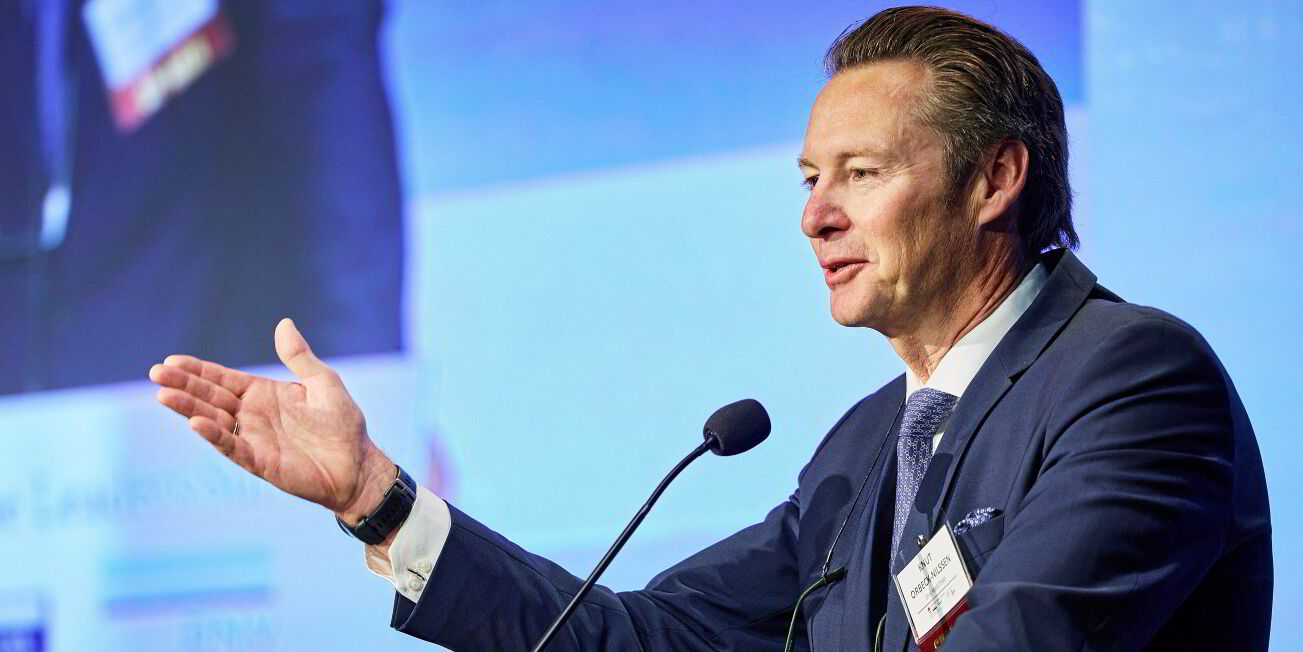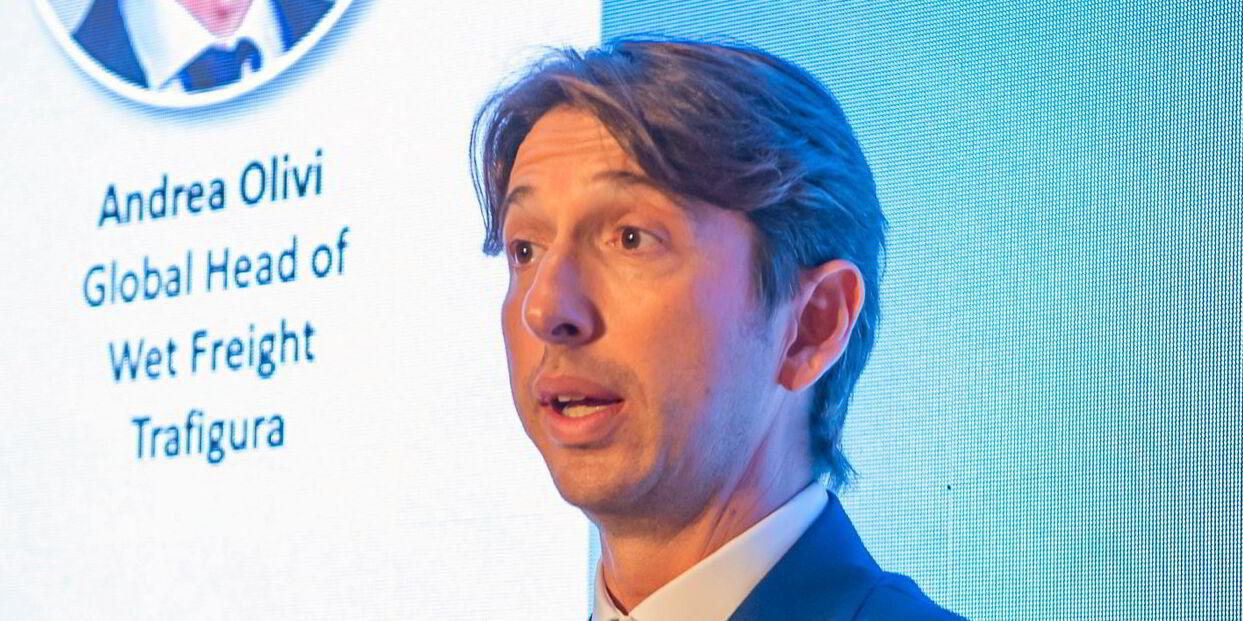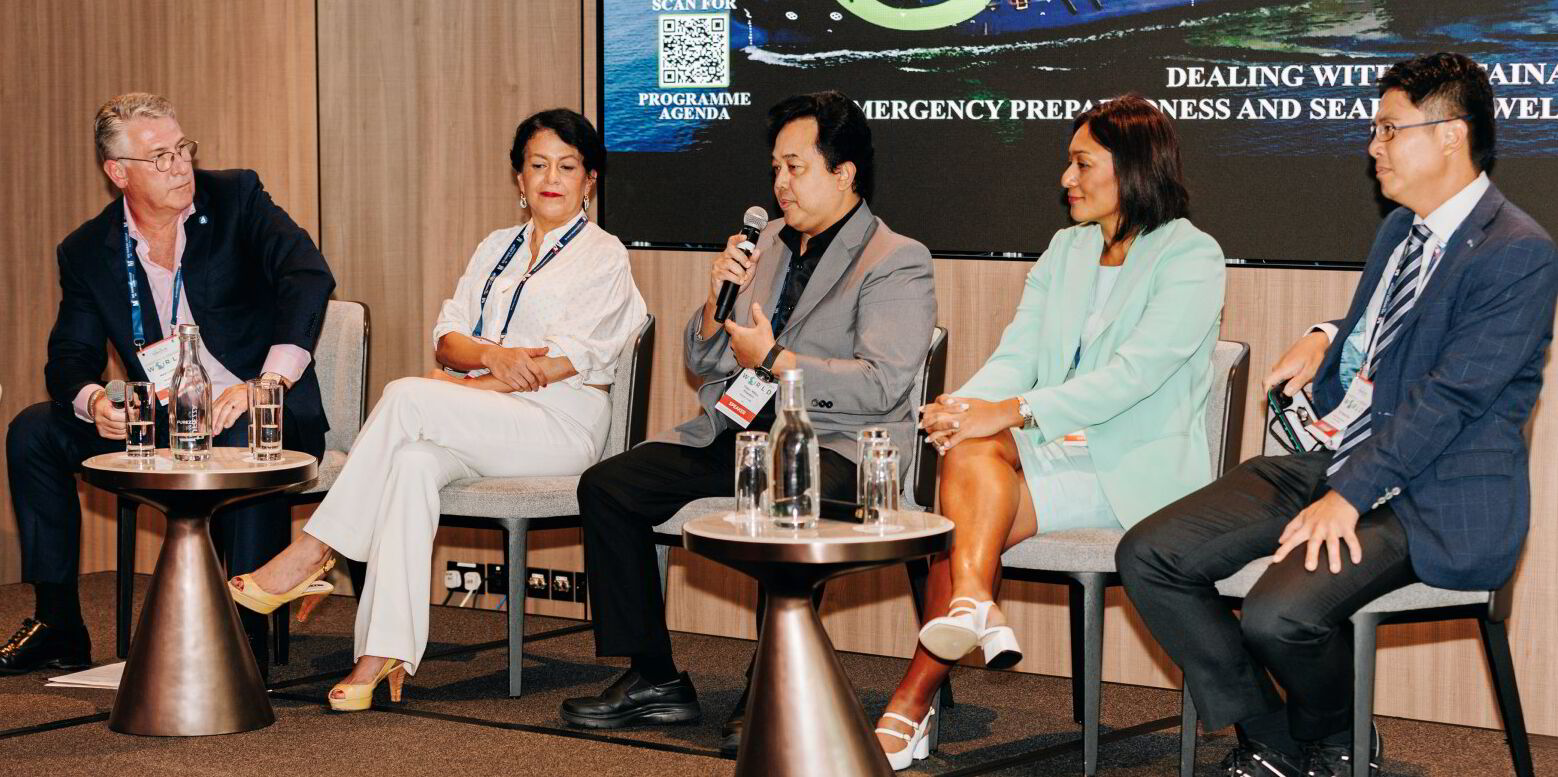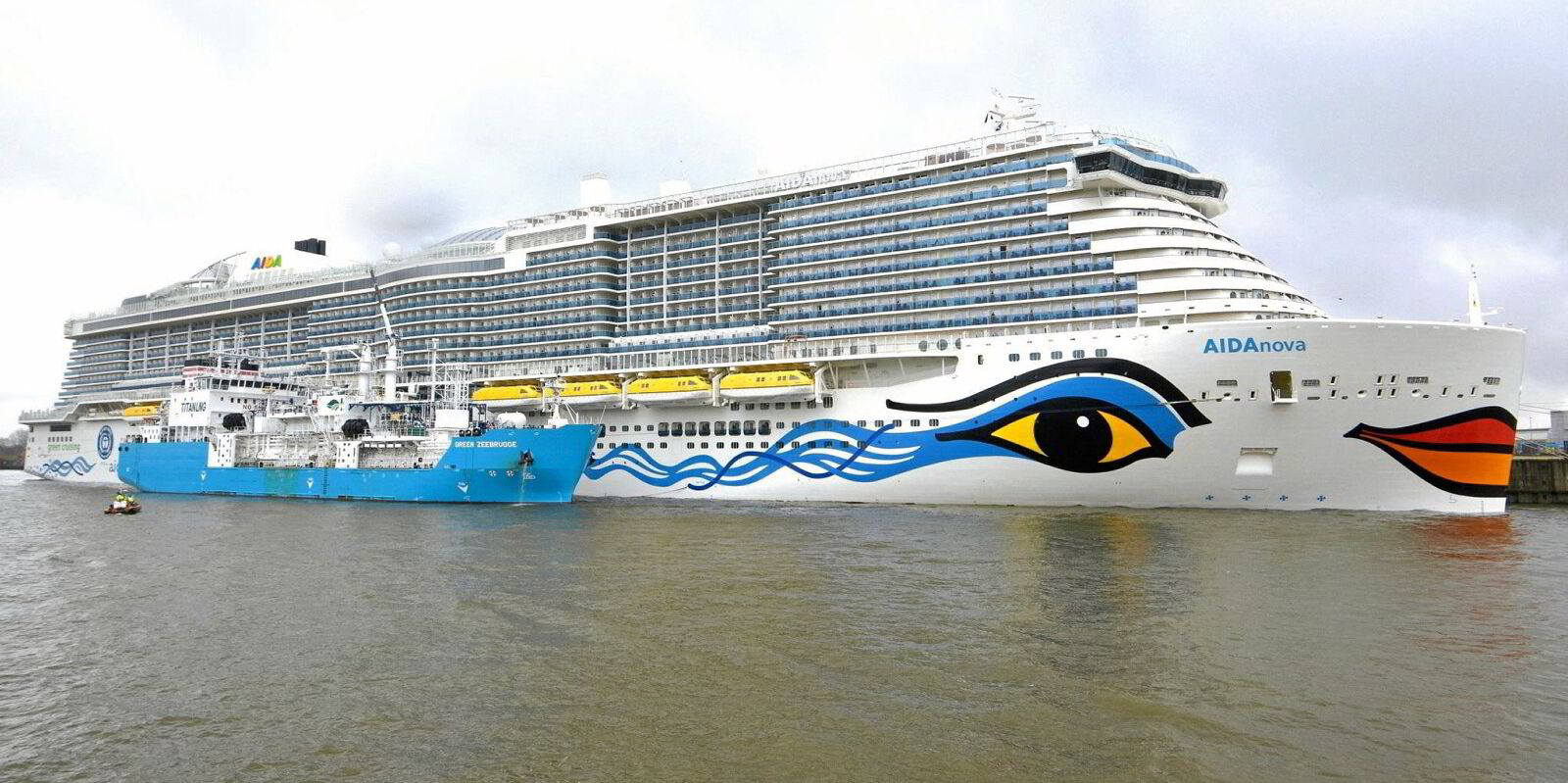Decarbonisation is one of the greatest challenges facing shipping. Following a slow start, aspirations to cut greenhouse gas emissions have been embraced by the maritime industry.
The International Maritime Organization has set goals, notably full-scale decarbonisation by or around 2050, a 20% emissions reduction by 2030 and a 70% reduction by 2040.
While these moves have been widely welcomed, it’s time to get real.
Setting goals is the easy part but achieving them is extremely difficult, bordering on the impossible. Indeed, a pragmatic assessment of the shipping industry today indicates that decarbonisation is slowing down, not accelerating.
Let’s look at the facts.
Full decarbonisation will require a large-scale transition to carbon-neutral fuels. This is a huge challenge, requiring the construction of new vessels and retrofitting of existing vessels to enable them to operate on, likely very expensive, green versions of fuels. In a global economy already heavily burdened by inflation and high interest rates, the extra costs associated with this transformation are about as appealing to shipowners as a leaky hull.
Indeed, in an era of higher freight rates, shipowners are understandably seeking to harvest profits and have little incentive to join the queue for limited yard space.
While around 50% of new orders today are for ships with dual-fuel capability, constructing them comes at a premium that is difficult to pass along the supply chain.
The happy hour for methanol appears to be over already, and the reality is that 93% of the global fleet is still running on conventional fuels.
Fuel supply challenges
Even if this technological shift on board the vessels is eventually successful, global supplies of carbon-neutral fuels remain minuscule and shipping needs to compete with other industries for its share. Fuel suppliers are reluctant to invest billions of dollars in projects for which demand is uncertain and, so far, the exponential growth in supply that we need is nowhere to be seen.
But all is not lost yet.
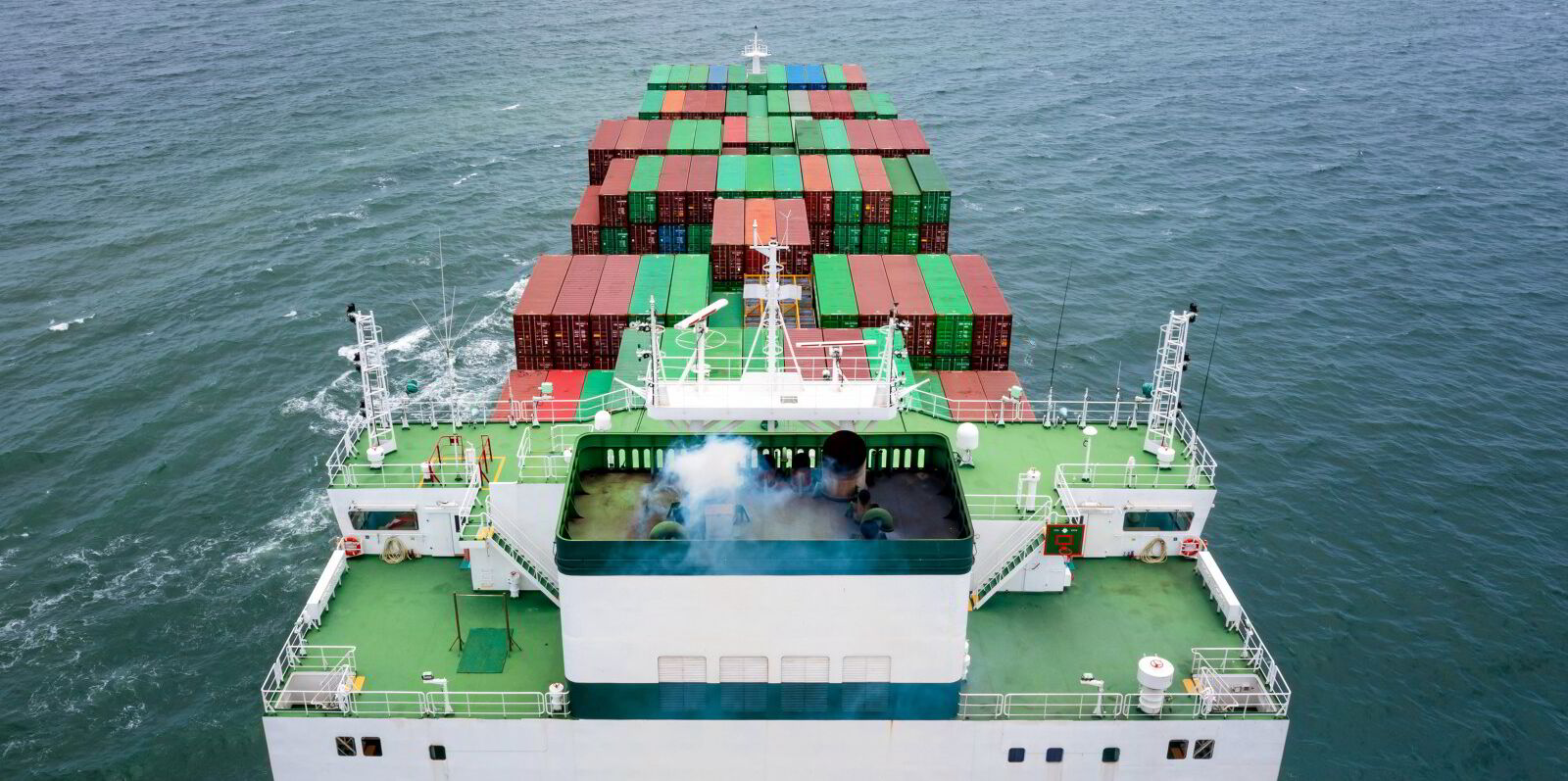
Using simulations, this year’s Maritime Forecast to 2050 report by DNV estimates that fuel consumption can be reduced by between 4% and 16% by 2030 using energy efficiency measures.
Initial gains
The first few percentage points can be achieved quite easily. Many maritime companies have already shown that by instilling cultural changes throughout an organisation, and by encouraging crew members to seek efficiencies through their day-to-day operations, fuel consumption can be reduced and emissions reductions of around 5% can be achieved.
However, going to the next level and reaching double-digit energy efficiency requires technological solutions. Technologies like wind-assisted propulsion, air lubrication and waste-heat recovery systems, to name just a few, have already been proven to deliver tangible emissions reductions.
But technology can do even more.
Onboard carbon capture is an increasingly viable option. Supported by sustainable and credible reception and storage schemes, this would enable the continued use of conventional fuels and technologies and make a major contribution to emissions reductions.
Of course, reception facilities cannot be developed everywhere, but major ports have a responsibility to move this forward, and some are. However, more ports need to take this responsibility and orchestrate carbon-capture corridors.
Digitalisation is also crucial. Digital tools and systems are already enhancing vessel efficiency, facilitating speed and route optimisation. With more integrated networks, this can be taken to the next level, with some studies showing that just-in-time arrivals at ports can deliver emissions savings of up to 14%.
Digitalisation can also be used to illuminate vessel performance, providing vital data on the impact of energy-saving measures and helping to design the next generation of energy-efficient ships.
Greater emissions reductions
Other technologies are within reach and can deliver even more emissions reductions. Battery technology is improving, enabling vessels to charge quicker and go further. Advances are being made in fuel cell technology. Smaller nuclear reactors are being developed and can be used also to produce synthetic green ship fuels, if not used directly on merchant ships.
There are no limits to human ambition and ingenuity and further technological innovations will be crucial in continuing to make our industry more efficient and greener.
This will require collaboration, both within shipping and with our partners in other industries and government. It will also require adaptability, flexibility, bravery and imagination, qualities that our forebears in the maritime industry have never lacked.
In 1519, Portuguese explorer Ferdinand Magellan sailed west across the Atlantic Ocean in search of an alternative route to the Spice Islands and the first-ever circumnavigation of the planet. Three years later, this previously unimaginable task was completed, changing the course of maritime history.
Today, the maritime industry faces a mission of similar impossibility. The best way of reaching decarbonisation is still not clear and the odds look to be stacked against us.
However, in the true maritime spirit, like Magellan, we won’t give up. A new era of unprecedented maritime technological exploration is underway and our boldness, imagination and ingenuity will carry us forward.
Knut Orbeck-Nilssen is the CEO of DNV Maritime
Do you have an opinion to share? Email: news@tradewindsnews.com

